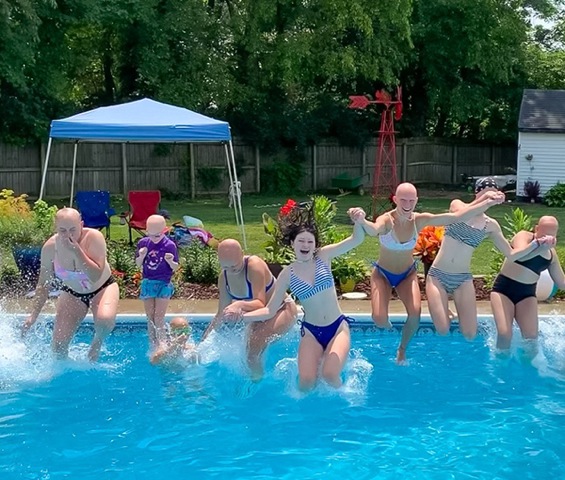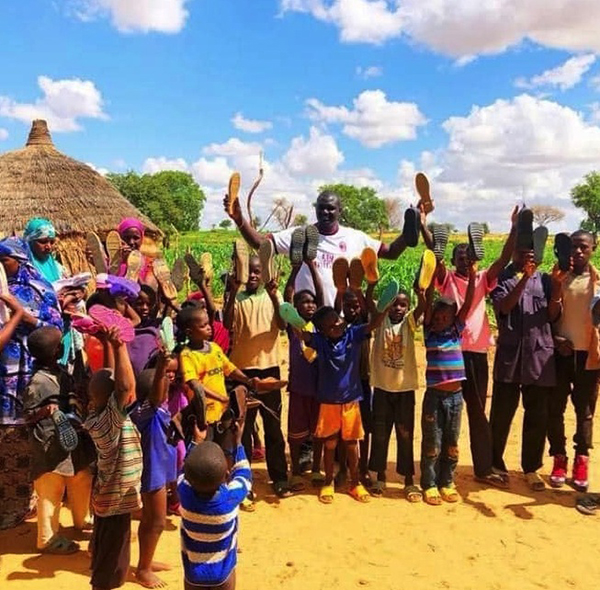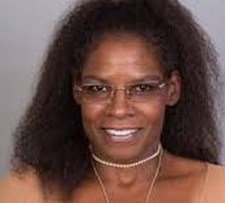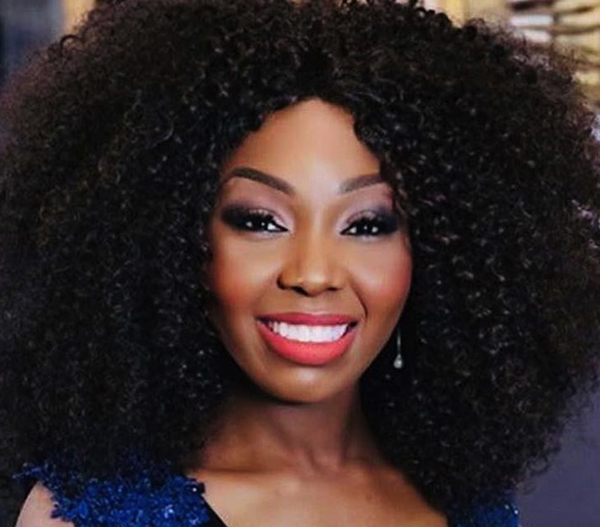MAKING A DIFFERENCE
By Darlene Donloe
Contributing Writer
Jeff Woytovich’s second-oldest daughter, Maddie, lost all of her hair in 2003 when she started kindergarten. Her family was understandably “confused.”
“She was a flower girl at a wedding and had her hair in braids,” Woytovich said. “When we took the braids out, a lot of hair came out. The next few nights, more and more hair was on her pillow and in the bottom of the tub. We understood pretty early what was going on.”
Woytovich discovered his daughter, who was 5 at the time, had alopecia areata, a form of hair loss that occurs in children and adults.
It is non-scarring, which means that the hair follicle is not destroyed and that it has the ability to regrow hair. It is considered an autoimmune condition that results in inflammation and loss of hair.
While hair is lost most commonly on the scalp, hair anywhere on the body may be affected. Alopecia areata only affects the hair and nails and does not cause any other body-wide problems.
While researching how to help his daughter, Woytovich discovered there “wasn’t anything out there” that helped children with the way they feel about losing their hair.
“There was all this information on how to buy a wig, but nothing about building up a child’s confidence,” he said. “There wasn’t a support group specifically for kids with alopecia. We realized while moving forward it wasn’t about hair growing back. It was about her. It was about my daughter.
“What would she feel like as a teenager? We wanted to build her self-esteem. It was never about alopecia. We focused on what matters.”
So, in 2004, Woytovich started a local support group and then started the Children’s Alopecia Project (CAP), a nonprofit that now boasts 50 groups around the world, and nine kid camps around the United States, including Calipalooza in Malibu.
Woytovich, 54, started the organization with the intent to not only help children in need who are living with hair loss due to all forms of alopecia but more importantly, “to change the emphasis from growing hair to growing confidence.”
“We are not about wigs and treatments,” said Woytovich, a married father of four daughters. “We are about kids being who they are. We want to build a child’s self-esteem, provide support and raise awareness.”
Woytovich said Children’s Alopecia Project is the only nonprofit devoted specifically to helping children living with alopecia areata.
During the camps, children are encouraged to take off their wigs and caps.
“We challenge kids to do things they are afraid of,” said Woytovich, a Reading, Pennsylvania native. “If you take off your wig or cap, you don’t have to worry about being judged and stared at when you’re at the camp. Sometimes it’s a mixed bag. Sometimes they go to camp and won’t take off their hat. Eventually, they find their confidence.”
Woytovich, a Marine Corps veteran, said what happens to children who lose their hair has a lot to do with how they are treated by adults.
“The children will react based on how the adults are treating them,” Woytovich said. “They will say things like, ‘I don’t want mom and dad to be sad.’ The children want to appease mom and dad.”
Woytovich said some parents are affected more than their children.
“It’s because we want our kids to be perfect,” he said. “If they lose their hair — there is a sense of – ‘Oh, my kid doesn’t have hair.’ We want parents to look at it realistically. Look at their kids for who they are and not what they look like.”
Woytovich said he is constantly fundraising because he doesn’t want any of the children to have to pay to attend camp.
“The more money we raise, the more we can do for kids,” he said.
Over the years, thousands of kids have gone through Children’s Alopecia Project’s kid camps.
Children’s Alopecia Project has other programs, including Woytovich’s School Speaking Tour and the CAP2U School Library Program through which the Children’s Alopecia Project purchases library books about alopecia and being different and donates the books to school libraries whenever Woytovich speaks at a school.
According to parents, librarians, principals and kids, the CAP2U Library Program benefited children by teaching kids within the school about alopecia areata, answering questions and eliminating uncertainty about the nature and unpredictability of the hair loss disease, and ultimately reducing the potential for bullying, and by building self-esteem in children living with alopecia areata because the donation of books is coming from them, which brings them positive attention.
One of the educational resources Children’s Alopecia Project offers is for schools to start a 504 Plan, which is based on section 504 of the Rehabilitation Act of 1973 and the Americans with Disabilities Act and specifies that no one with a disability can be excluded from participating in federally funded programs or activities, including elementary, secondary or post-secondary schooling.
“Disability” in this context refers to a “physical or mental impairment which substantially limits one or more major life activities.
Alopecia is a physical impairment. Suggested accommodations for a 504 plan for a child with alopecia include:
• The child is able to wear a hat if he or she wants to wear one.
• The child is allowed to have a buddy in his or her class who knows the child and knows he or she has alopecia.
• The child’s classmates are to be educated about his or her alopecia. For example, brochures and/or DVDs are distributed to all classrooms or, in elementary school, the teacher reads a story about alopecia. All of the teachers and staff are educated about the child’s alopecia so that they can be sensitive and supportive about any related issues that may occur.
Children’s Alopecia Project also suggests educating students with letters written by a child with alopecia areata addressed to their classmates explaining what it’s like to have alopecia and ensuring them it’s no big deal.
To Woytovich, knowledge is key.
“The more your child’s classmates know about why your child has alopecia, the less likely they will be to tease or make fun of your child,” he said.
Woytovich said it’s about teaching others about “why your child has no hair.”
Woytovich said Maddie dealt with her diagnosis better than he did.
“She dealt with it better than us,” said Woytovich, whose wife also has a form of alopecia. “The innocence of being 5. We created her insecurity by telling her to wear a hat. She didn’t want to wear a hat after a couple of weeks. Her hair grew back at age 6 and it fell back out. There is no hair on her body. Today, she is 23 and has never worn a wig.”
Woytovich said he built up his daughter’s self-esteem by telling her to “own the situation.”
“It became clear it has nothing to do with me wanting her to have hair,” Woytovich said. “As a parent you want your children to be perfect. We had to realize it was about what she wanted.”
Children’s Alopecia Project believes “You are more, even if your hair is less.”
“Making a Difference” is a weekly feature profiling organizations that are serving their communities. To propose a “Making a Difference” profile, send an email to newsroom@wavepublication.com.
Darlene Donloe is a freelance reporter for Wave Newspapers who covers South Los Angeles. She can be reached at ddonloe@gmail.com.













